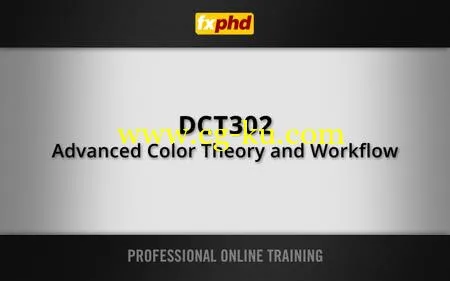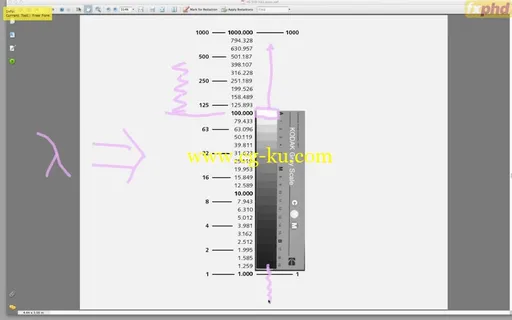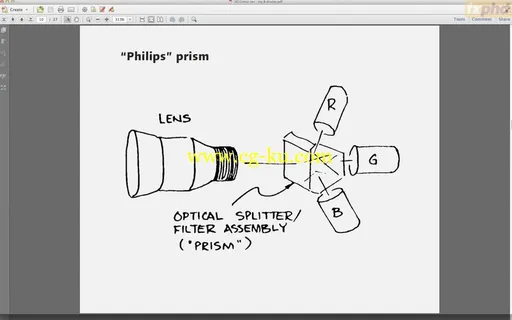
Advanced Color Theory and ACES Workflow
HDRips | MP4/AVC, ~478 kb/s | 1440x900 | Duration: 11:03:52 | English: AAC, 64 kb/s (1 ch) | + PDF Guides | 2.56 GB
Genre: Color, Photo
For nearly 20 years, cinema production and post-production has been based upon the conceptual model of film acquisition: Even if digitally acquired, imagery was typically processed using the Cineon/DPX model– technically, Cineon Printing Density (CPD) coding. That coding incorporates the technical parameters of film; in particular, the S-shaped tone response and the colour crosstalk of film are built-into the image encoding. Because CGI and VFX computations are best performed in linear-light, the CPD scheme has made CGI and VFX difficult.
Emergent techniques such as the OpenEXR encoding (promulgated by ILM) acquire “scene-linear” data – that is, image data is linearly related to the scene elements. Imposition of any required “look” is imposed in a structured manner during the DI process. The technique has been developed and refined at the Academy (as the AMPAS STC Image Interchange Framework, IIF). The scheme is being deployed commercially. Even without strict technical conformance to the various elements of the IIF – the IDT, APD, ADX, ACES, RRT, RDT, ODT – the concepts are being used in many productions.
In this course, we will discuss the technical and visual requirements for acquisition and processing of digital cinema and HD using the scene-linear (ACES) model. Charles will introduce the basic technical parameters of the various camera encodings. Charles will explain the conceptual and technical differences between power-function based video coding and log coding, and describe the dynamic range and noise properties. Charles will outline how “picture rendering” must be imposed in the DI pipeline (for example, by the AMPAS reference rendering transform, RRT). We will discuss details concerning how the scene-linear model alters the traditional pipeline, and aids CGI/VFX integration.
This course will be suitable for people in positions such as these:
HD engineers and Digital Imaging Technicians (DITs)
Compositors, lighters, shaders, and pipeline engineers
Post-production and visual effects supervisors, post/VFX engineers, and technically minded colourists
Digital cinema, digital video, and CGI/VFX software developers
You should be familiar with digital video, HD, and digital cinema. Knowledge of mathematics isn’t required; nonetheless, lots of graphs and equations will be discussed!
Сourse syllabus
Class 1: Background: ILM's pioneering work, OpenEXR, CTL; review of bit depths for physical and perceptual representation; appearance effects; picture rendering theory.
Class 2: ACES block diagram and its concepts, colourspaces, and transforms: RICD, IDT, LMT, RRT, RDT, ODT.
Class 3: Perceptually uniform coding; log-exp-power function math; 1D and 3D LUT interpolation.
Class 4: Sensors (CCD and CMOS), quasilog coding; display physics, display pipeline, and display calibration.
Class 5: Cineon Printing Density (CPD); printer points; APD/ADX; colour grading theory and practice.
Class 6: Classic CIE colorimetry; LMS, XYZ, xyY, and RGB systems; colour transform theory.
Class 7: The ACES pipeline in detail.
Class 8: 3x3 transforms; the ACES IDT, how to acquire or build one.
Class 9: Colour grading in detail; emergent software systems (ctl, OpenColorIO).
Class 10: Special topics, forum questions, open discussion.

